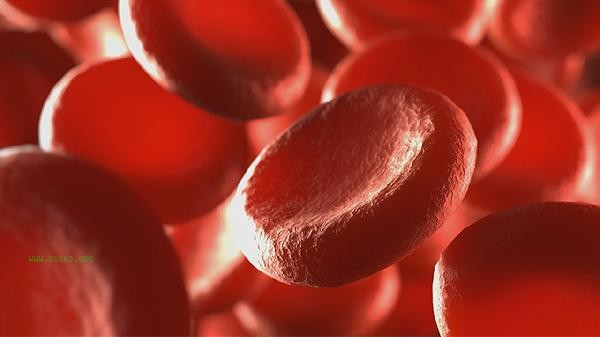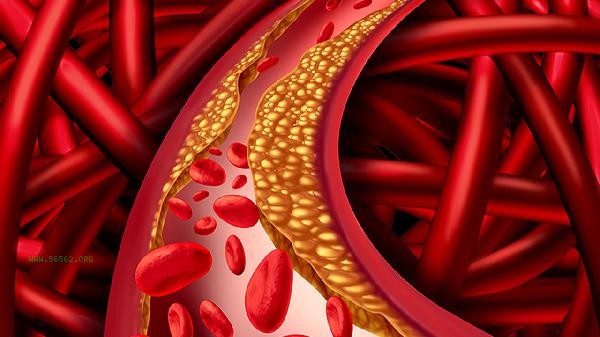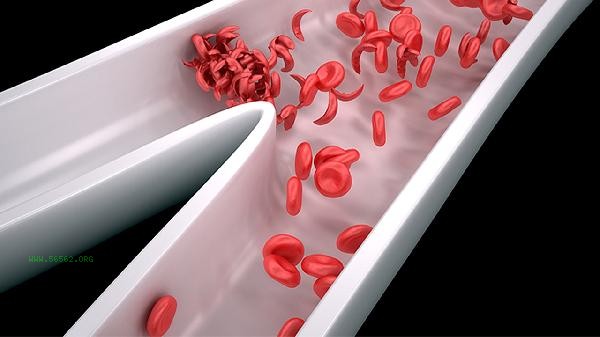Low hematocrit may be caused by iron deficiency anemia, chronic inflammation, bone marrow hematopoietic dysfunction, gestational blood dilution, hemolytic diseases, and other reasons.
1. Iron deficiency anemia:

Iron is an important raw material for the synthesis of hemoglobin. Long term insufficient iron intake or absorption disorders can lead to a decrease in hemoglobin synthesis, which in turn can cause a decrease in hematocrit. Commonly seen in cannibalistic groups, patients with gastrointestinal bleeding, and women with excessive menstrual flow. It can be improved by supplementing iron rich foods such as animal liver and spinach. In severe cases, medication such as iron dextran and ferrous succinate should be used under the guidance of a doctor.
2. Chronic inflammation:
Chronic inflammatory diseases such as rheumatoid arthritis and tuberculosis can inhibit the hematopoietic function of bone marrow, promote abnormal iron metabolism, and lead to decreased erythropoietin secretion. In addition to a decrease in hematocrit, patients often have symptoms such as low-grade fever and fatigue. Targeted treatment is required for the primary disease, and if necessary, recombinant human erythropoietin can be injected. 3. Bone marrow problems: Diseases such as aplastic anemia and myelodysplastic syndrome directly affect the function of hematopoietic stem cells, leading to a decrease in red blood cell production. These patients often have decreased white blood cells and platelets, and need to be diagnosed through bone marrow puncture. Treatment includes immunosuppressive agents, hematopoietic stem cell transplantation, and other methods.
4. Pregnancy reactions:

Pregnant women experience a 40% -50% increase in blood volume during mid pregnancy, leading to physiological blood dilution and a decrease in hematocrit to 30% -34%. This physiological decrease usually recovers at 6 weeks postpartum, during which time it is necessary to increase intake of iron and folate containing foods and regularly monitor hemoglobin levels.
5. Hemolytic factors:
Hemolytic diseases such as hereditary spherocytosis and thalassemia can accelerate the destruction of red blood cells, exceeding the compensatory capacity of the bone marrow. The patient may present with signs such as jaundice and splenomegaly, and a diagnosis should be made through tests such as red blood cell fragility test and hemoglobin electrophoresis. Mild cases require folic acid supplementation, while severe cases require blood transfusion or splenectomy treatment.
It is recommended to increase daily intake of foods rich in hematopoietic raw materials such as lean meat, egg yolks, and black fungus, to avoid strong tea and coffee affecting iron absorption. Moderate aerobic exercise such as jogging and swimming can promote blood circulation, but hemolytic patients should avoid vigorous exercise. When the long-term hematocrit is below 35% or accompanied by symptoms such as dizziness and palpitations, special physical examinations such as bone marrow examination and iron metabolism testing should be conducted in a timely manner to rule out malignant hematological diseases. Pregnant women and adolescents during their growth and development period should have their blood routine checked every six months to detect abnormal indicators early on.









Comments (0)
Leave a Comment
No comments yet
Be the first to share your thoughts!